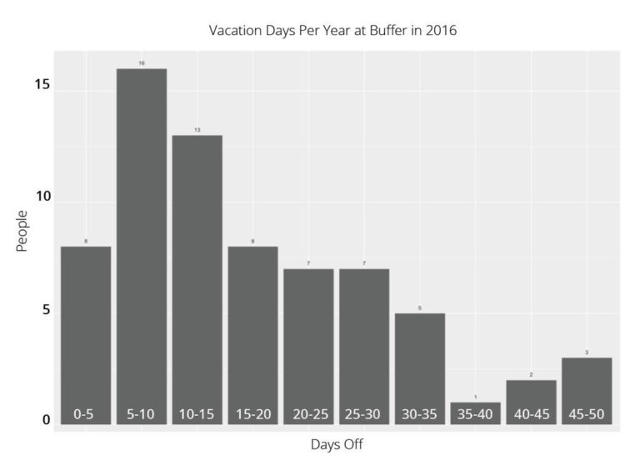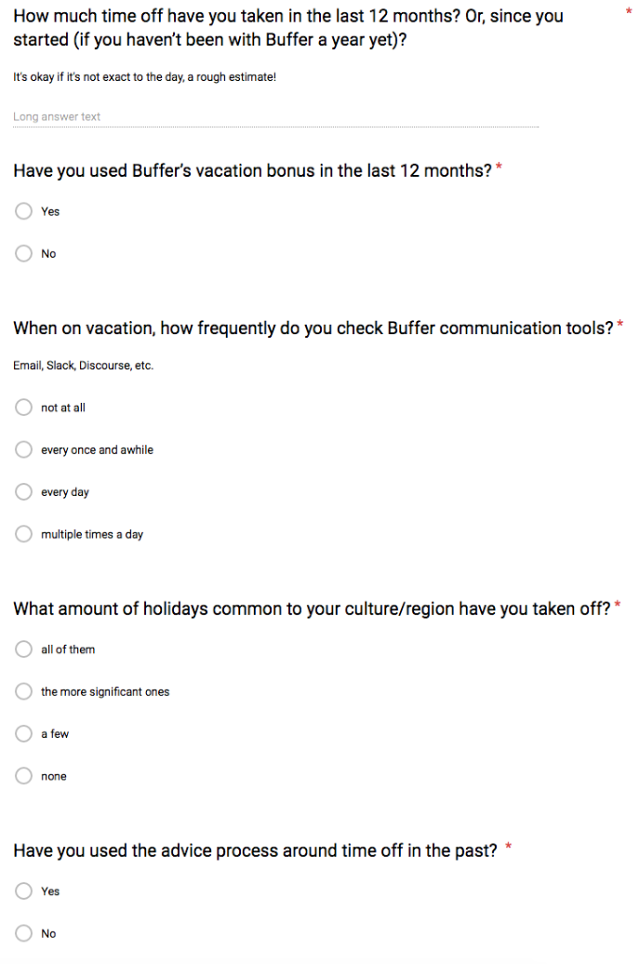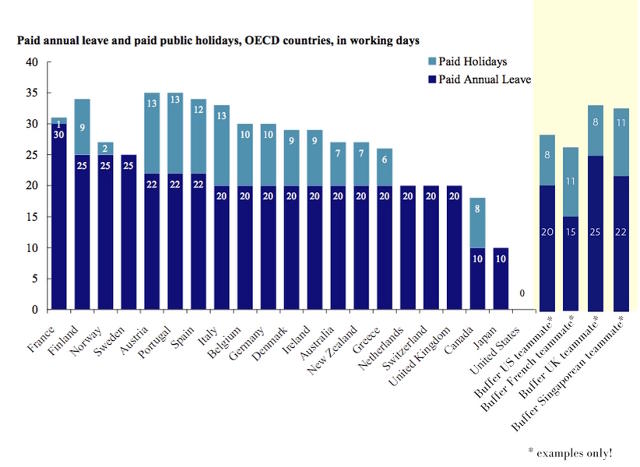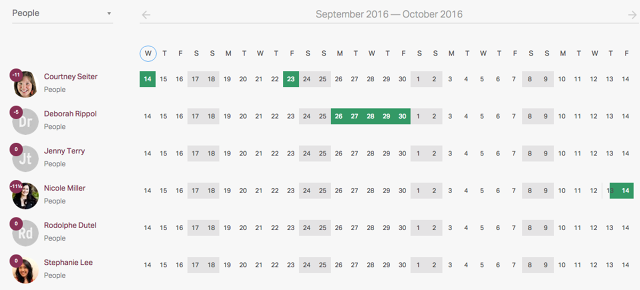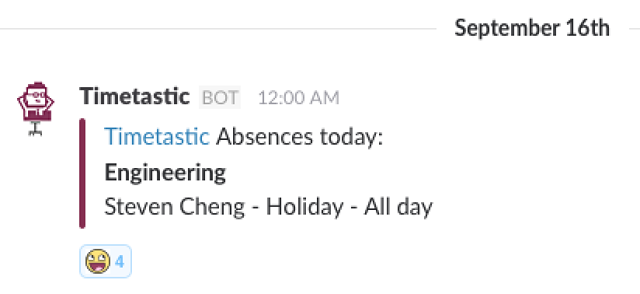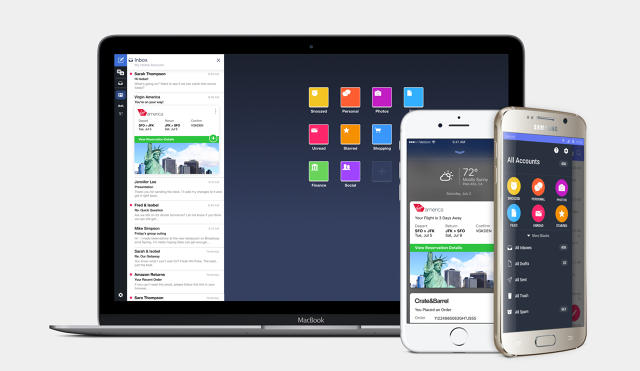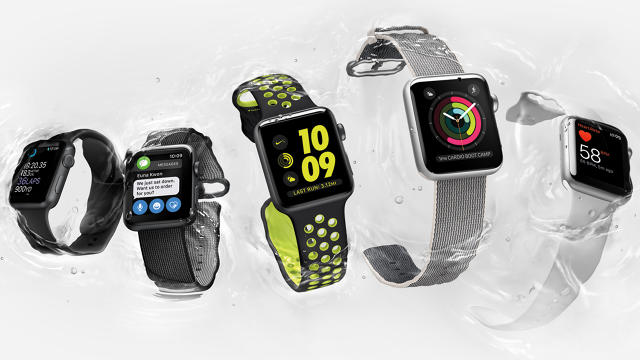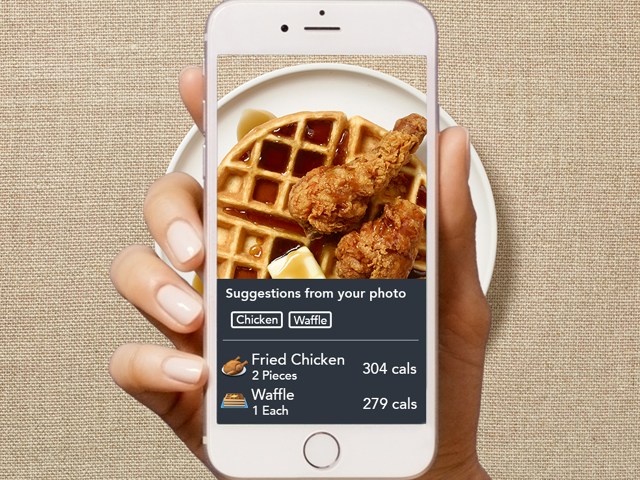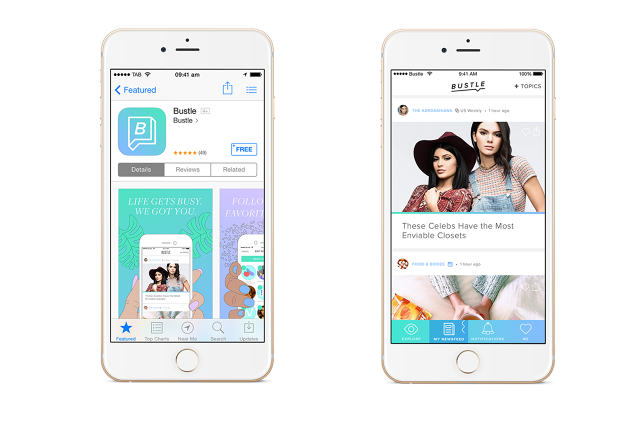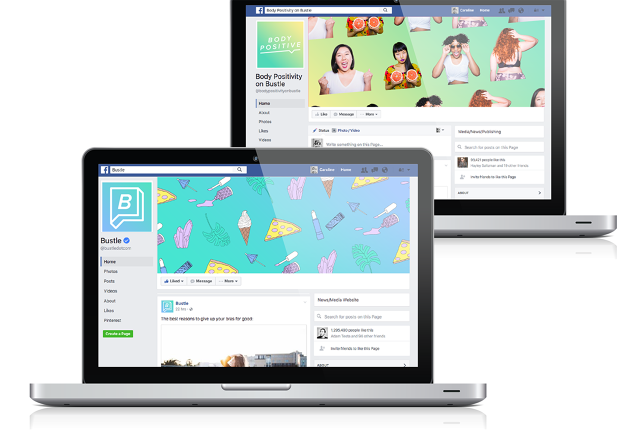With a potential price tag of $30 billion, the companies kicking Twitter's tires need to reap big rewards.
Rumors are flying that a Twitter sale may be imminent and could fetch big bucks—as much $30 billion, according to Recode.
Despite its beloved status with many journalists, the social feed has struggled with lackluster revenue growth and a stagnant user base.
Although Twitter is having difficulty expanding, the platform still has much to offer a well-resourced company. For one, Twitter has lots of consumer data. It's also proven itself as a real-time source for news with roughly 300 million people using it to see what's going on in the world. Plus, the platform is moving beyond the feed by becoming a venue for live-streamed events, like NFL games.
Of course, different buyers have different interests. A number of big-name tech companies are on the roster of potential bidders. Here's why Twitter might appeal to Microsoft, Salesforce, Disney, and Google, all of which are supposedly sizing it up.
The search giant has long beenrumored to be a strong contender to acquire Twitter. That's due, in part, to Google's attempt to create its own social platform, which never quite captured the public's attention. Despite having more than a billion people using its email product, Google hasn't been able convince them to engage on its accompanying platform Google Plus.
Google has had success with YouTube, its video network. YouTube has already forged ahead into live video and features live commenting. A partnership with Twitter could perhaps help those live streams attract more viewers. YouTube could use Twitter as its live commenting function to draw in a broadcasters followers, for example.
Twitter already functions as a live comment feed during major events. Partnering these two platforms could enhance them both. Twitter's increased focus on live streaming could also be a boon for Google, since YouTube is similarly geared toward doing more live content. Alternatively, YouTube could stream premiere live events over Twitter—again reaching a different audience.
The question is whether Twitter provides enough value for Google to want to acquire it. Not only does Twitter have problems acquiring new users, abuse is still a big problem on its platform. Both celebrities and average users have drawn attention to Twitter's inability to stem harassment on its platform. While Google may be the right institution to help Twitter develop better algorithms to prevent bullying, it may not want to inherit this well-documented problem.
Secondly, as Recode founder Kara Swisher points out, there's also potential for an antitrust dispute. The marriage of Google, a giant internet search company, and Twitter, an influential social platform, may not sit well with regulators.
Microsoft
Fresh off its purchase of LinkedIn, Microsoft may also be looking at Twitter, says CNBC. While a professional social networking platform like LinkedIn makes sense for Microsoft's enterprise software business, Twitter might not seem like an obvious choice. But as Microsoft digs deeper into artificial intelligence, having a social platform where people are known to be especially outspoken might be of particular interest.
Earlier this year, Microsoft attempted to train a bot named Tay on Twitter. Within 24 hours Twitter's most bigoted trolls trained Tay to repeat anti-Semitic phrases. The endeavor made Microsoft look foolish and the company pulled the bot offline. But with more direct access to Twitter's data, Microsoft might be able to teach its AI how to be social without a public blow-up. The question will be how much is that data worth to Microsoft?
Disney
The home of Mickey Mouse may also have its eye on Twitter, say Bloomberg's sources. Disney could be looking for ways to fortify a place on the second screen as people spend more of their day on their mobile phone and movie theaters and televisions become less relevant.
Twitter, with its recent NFL deal to stream games on Thursday nights and its reputation as a place for live event commentary, could be a great fit. It would give Disney access to online ad dollars, direct contact with consumers, and potentially, an additional channel for airing new or live content. The media titan is also probably keen to get hold of Twitter's consumer data.
More importantly, a company Disney's size is likely to have the money to support a Twitter purchase, though its execs will want to negotiate that price down. The company's last large acquisition was in 1995 when it joined forces with ABC for $19 billion.
Salesforce
This is perhaps the most perplexing suitor. Salesforce is an enterprise cloud computing platform that assists companies in managing sales, marketing, and analytics, among other features. Twitter and Salesforce are not an obvious bedmates. However, Salesforce chief digital officer Vala Afshar looks at it this way:


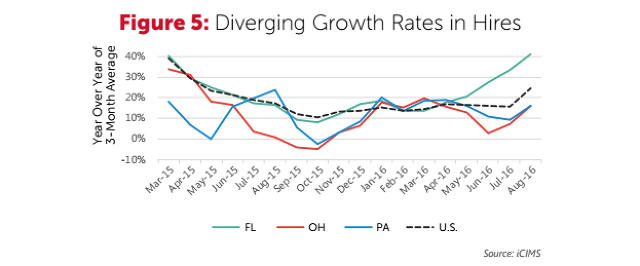
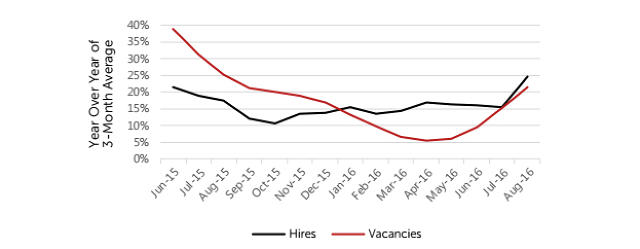

 optional.
optional.

 )—and give us cover to actually do our jobs.
)—and give us cover to actually do our jobs.